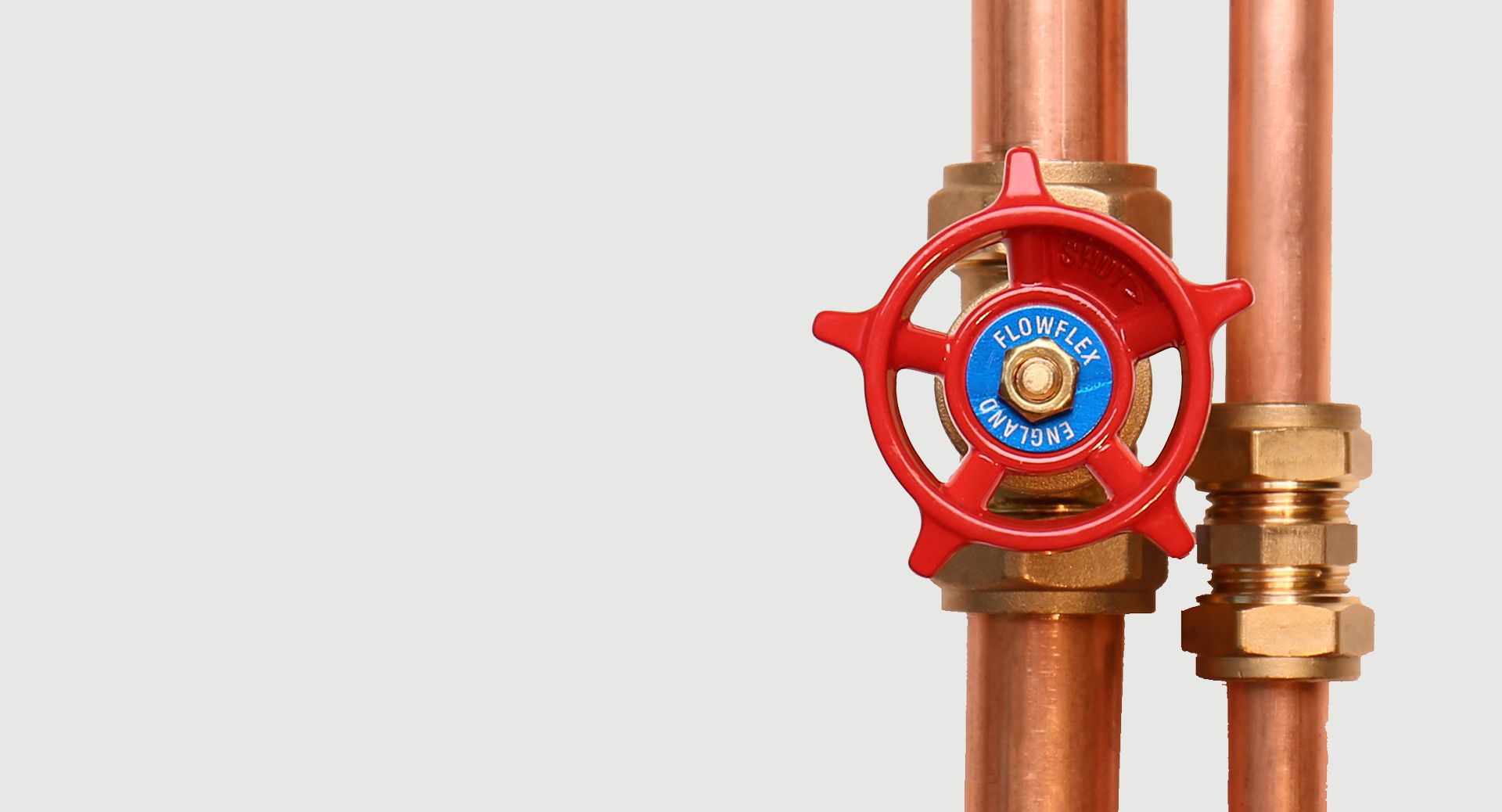Flowflex Gate valves are installed in systems to isolate flow, and should not be used as control or regulating valves. By turning the stem, the gate inside the valve moves up and down to either interrupt or facilitate the flow of the system.
Gate valves are typically chosen where minimum pressure loss is required, as when fully open, there is very little to interrupt flow. Furthermore, and advantage of using a Gate Valve is that its slow process of closing mitigates the effects of water hammer in your system.
Flowflex Brass Compression Gate Valves are available in sizes 15mm to 54mm. Flowflex Brass and Bronze Female Gate Valves are available in sizes from ½” to 2”. All Flowflex Gate Valves have Aluminium Handwheels.
Applications
- Domestic
- Commercial
- Industrial


